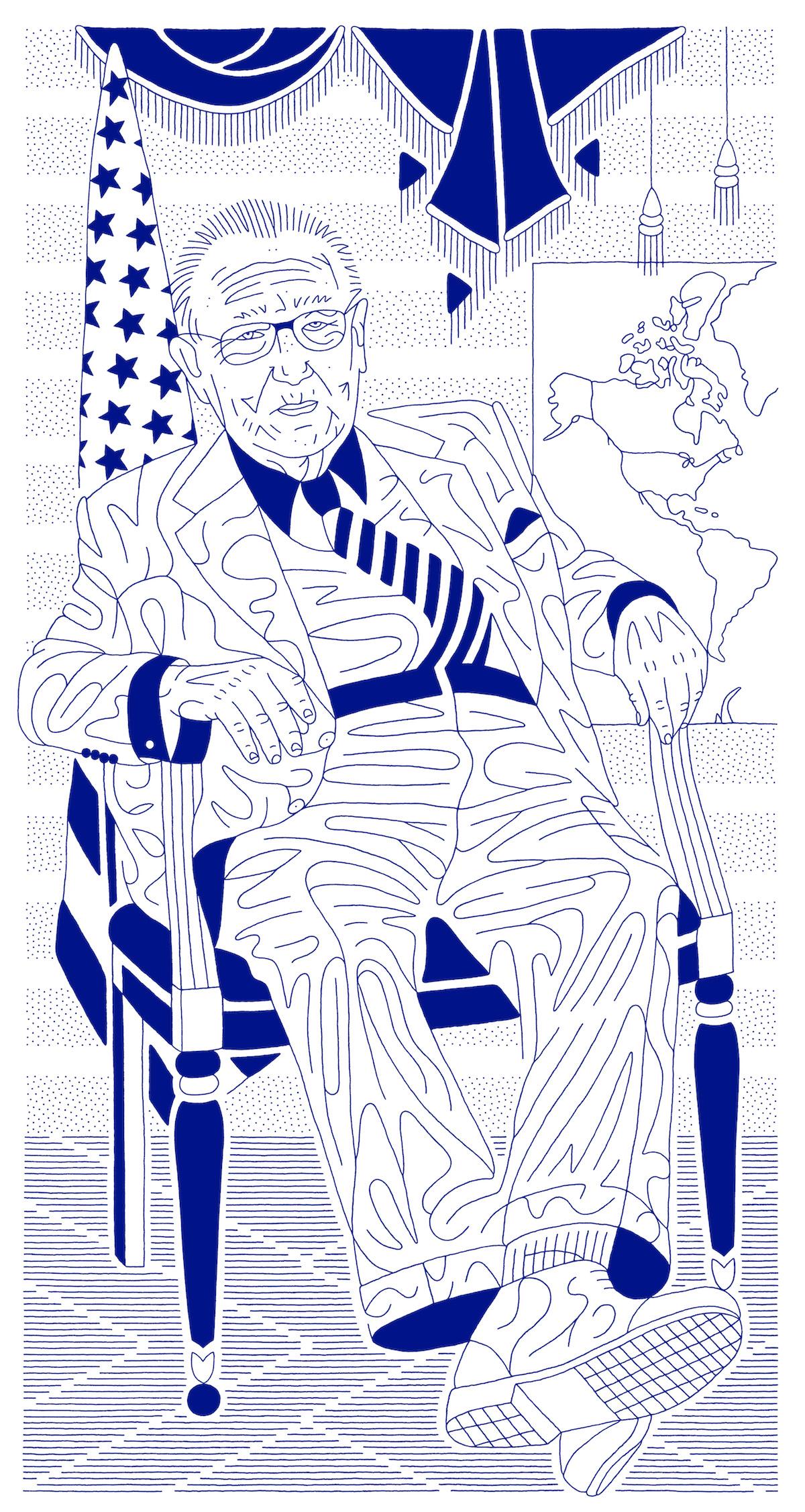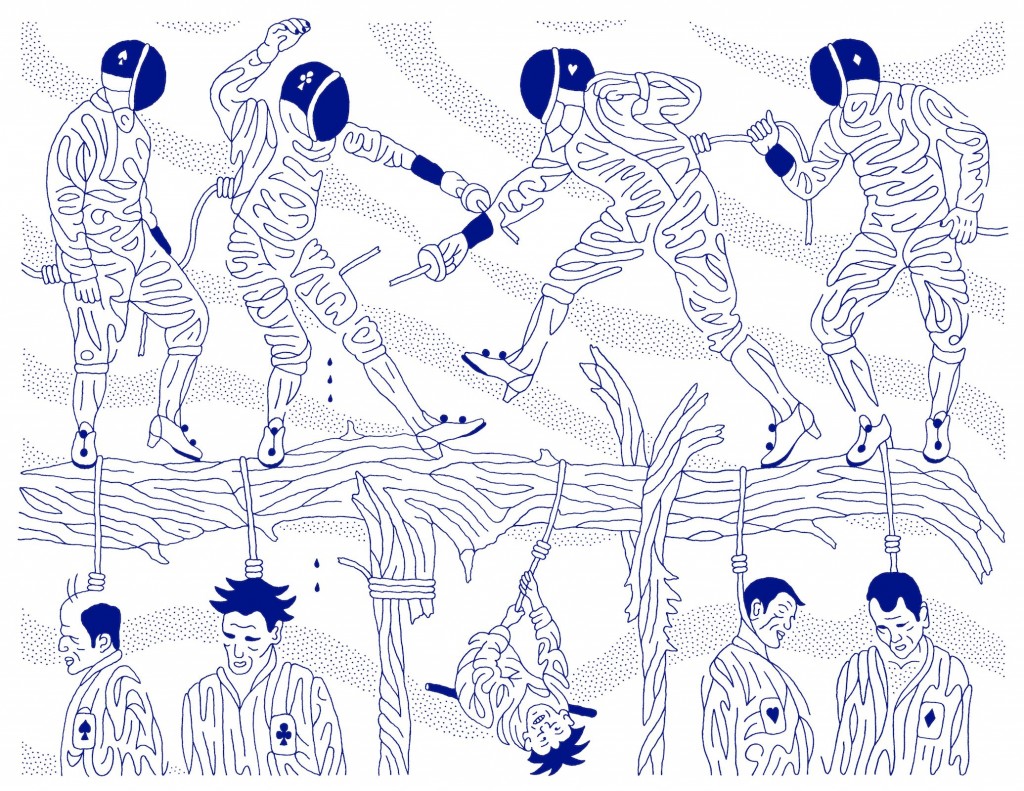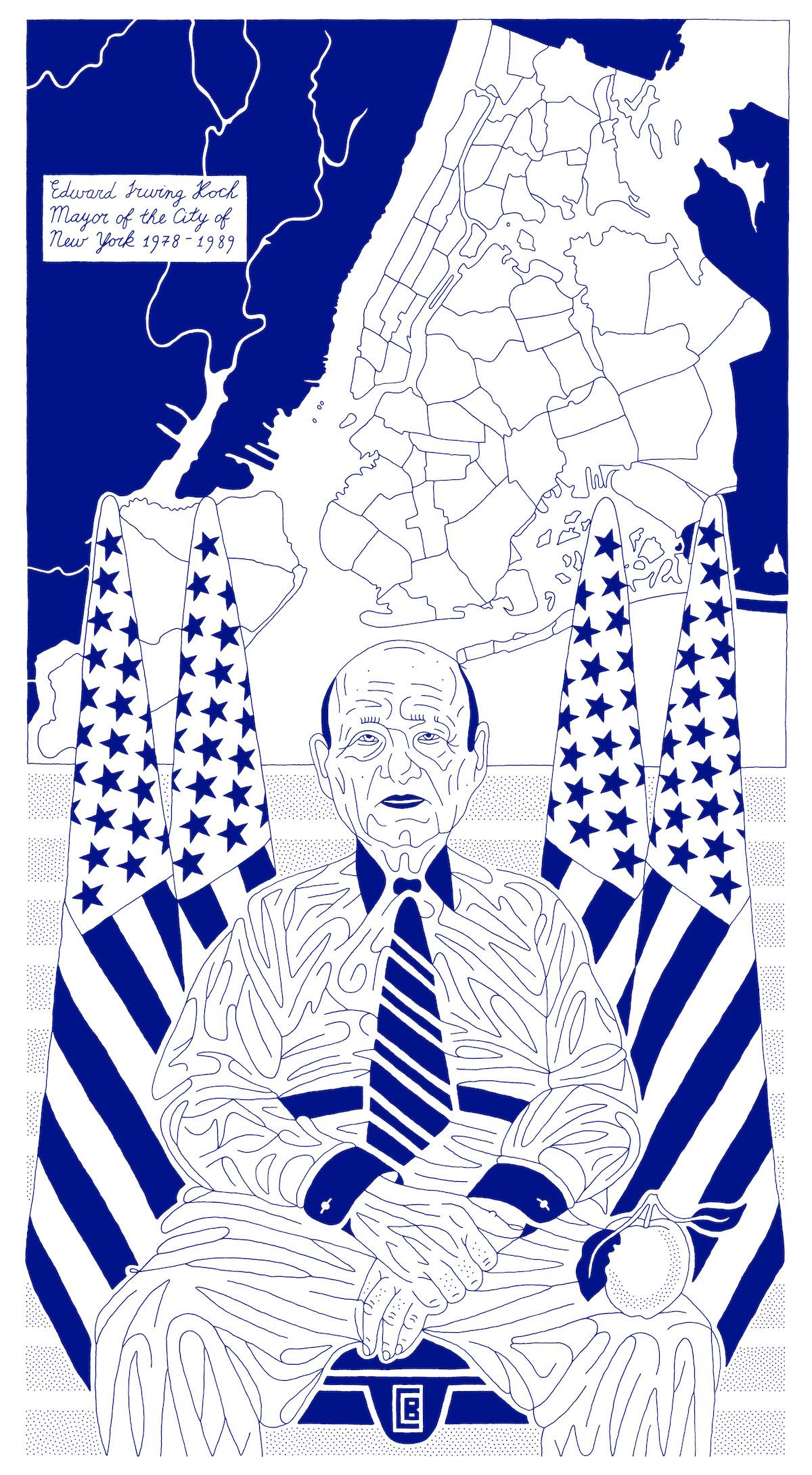 I met Regina at Brooklyn’s A.I.R. Gallery in May of 2009, when her pencil drawings were being exhibited there in a one-person retrospective exhibition called “Increments.” We became friendly and about six months after our first meeting she sent me the questions below. I rewrote some of my answers after she passed in January of 2013.
I met Regina at Brooklyn’s A.I.R. Gallery in May of 2009, when her pencil drawings were being exhibited there in a one-person retrospective exhibition called “Increments.” We became friendly and about six months after our first meeting she sent me the questions below. I rewrote some of my answers after she passed in January of 2013.
Regina Granne: How has your art changed over time?
Dmitry Borshch: My earliest drawings were abstract, probably influenced by Russian Constructivism, De Stijl, and Soviet Nonconformists, many of whom were abstractionists. I saw their work at various apartment exhibitions in Dnepropetrovsk and Moscow that I participated in. My current drawings try to balance between abstraction and figurative, representational art. I am fascinated by artistic trajectories, so your question is a fitting one to begin our interview with.
RG: What work do you most enjoy doing?
DB: First marks, which establish the structure of the image, are thrilling! And last ones; they give relative completeness to that image. It will never be complete, but may become acceptably so to warrant exhibition.
RG: What is your dream project?
DB: I am working on such a project now. It’s called Iconography. Inspired by prints after Anthony van Dyck’s drawings which collectively bear the same name, it includes portraits of living artists, writers, politicians, distinguished soldiers. ‘Koch – Mayor of the City of New York’ and ‘Doctor Kissinger’, also called ‘In seine Hand die Macht gegeben’ belong to this project.
RG: I did some research on you, not too much because I was hoping to find an understanding of your art through this conversation. Are you a ‘mixed-media artist’?
DB: ULAN, a project of the Getty Research Institute, classifies me as a ‘mixed-media artist’ because I photograph drawings and exhibit these photographs instead of drawings themselves. They feel the marriage of photography and draughtsmanship justifies such a classification.
 RG: Have you done photographic series unrelated to drawing?
RG: Have you done photographic series unrelated to drawing?
DB: Yes, one of them was described thus: “I realized after completing much of the series – “When girls meet, hearts warm!” is an unwitting response to Diane Arbus’s “Girls in matching swimsuits.” The delay is understandable as her picture and mine are not directly connected. What I hope connects them is a feeling the viewer gets of strong poetic exchange between their subjects’ faces – an interplay of facial movements, heightened by framing and vignetting. Often a certain ludicrous quality attracts me to one subject or another, expressed in overapplied makeup (the most made up faces are the most revealing, I find), overbleached teeth or hairdos that are ludicrously overdone. After expanding the series to include males I renamed it “When friends meet, hearts warm!” or “Friend, you are my second self!” I view these pictures as manipulated found objects, shot with a disposable camera by some “disposable” photographer – me, subjects themselves whom I directed, a bystander…”
RG: What motivated you to make drawings like The Undertaker’s Pale Children?
DB: I distinguish between narrow and broad motivations, which may not always interact. The second type of motivation is a desire to speak as an artist — silence, especially artistic, is painful. The first involves being challenged by narrower, often technical problems – arranging successfully a group or one-figure portrait, succeeding as a landscapist, still-life painter.
RG: What would you like us to know about Betrothal of the Virgins?
DB: The word on male figure’s cap means groom, on female’s — bride.
RG: Blue Architects, The Undertaker’s Pale Children, Fencing on the Gallows Tree belong to a series. What is its title and why?
DB: ‘Exiled from Truth: Nine Allegories by Dmitry Borshch’ is the title under which some allegorical pictures are collected, possibly more than nine: the series continues to develop. They are united by color, style, and technique, so I view them as a homogeneous collection of drawings. Allegory, drawn or written, is a product of that mind which regards truth as existing-in-absence: it does exist yet is absent from our view. Allegories like mine would not be needed if truth were openly present.
RG: What is the best advice you’ve been given?
DB: Art books offer many valuable advices, I cannot place one of them above others. They mostly confirm what I feel instinctively.
RG: What jobs have you done other than being an artist?
DB: I was a student — at universities, never art schools — then became a self-taught printmaker, draughtsman, sculptor. No other jobs.
 RG: Name three artists you’d like to be compared to.
RG: Name three artists you’d like to be compared to.
DB: I admire certain drawings of Michelangelo, Dürer, and Leonardo, but no contemporary artist should be compared to them. Among contemporaries, I find Semyon Faibisovich, Boris Mikhailov, Chuck Close admirable. Not being a photographer or photorealist, I doubt anyone would compare me to them. It would be pleasing if someone did.
RG: What’s your favorite art work?
DB: No favorites. I return to many works for reasons that continually change.
About Regina Granne:
http://www.brooklynmuseum.org/eascfa/feminist_art_base/gallery/regina_granne.php
- Guest Post, Dmitry Borshch: Ways of Drawing - June 25, 2016
- Guest Post, Dmitry Borshch: Regina Granne Interviews Dmitry Borshch - February 15, 2014